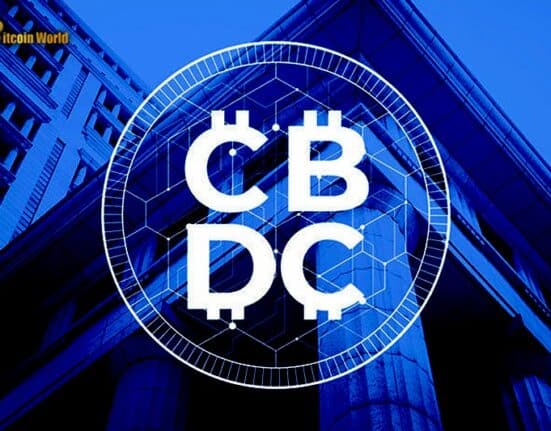- Central banks are plotting to hold up to 2% of reserves in cryptocurrency from January 2025.
- They also classified crypto assets into two groups, with strict risk-based regulations.
In a move that’s stirring up the financial world like a tornado in a teapot, central banks across the globe are gearing up for what can only be described as a crypto invasion.
From January 1, 2025, they are set to hold up to 2% of their reserves in cryptocurrencies, as per the groundbreaking directive from the Bank for International Settlements (BIS).
This isn’t just a flirtation with digital currencies; it’s more like a full-blown courtship, signaling a significant shift in the traditionally cautious approach of central banks towards the dynamic and often unpredictable world of crypto.
See Also: President Javier Milei To Dissolve Argentina’s Central Bank
A Detailed Blueprint For Crypto Integration
The Basel Committee on Banking Supervision has laid out a meticulous plan to integrate crypto into the banking fold, post extensive consultations and feedback.
This plan divides crypto assets into two distinct categories. Group 1 is the ‘safe zone’, comprising tokenized traditional assets and stabilized cryptocurrencies that adhere to the existing Basel Framework’s risk weights. It’s like the central banks are saying, “We trust you, but let’s not get too wild.”
On the other side of the spectrum is Group 2, the ‘high-risk zone’. These are the crypto assets that don’t meet the criteria for Group 1.
Banks dabbling in this group will face a conservative capital treatment, akin to a financial version of walking a tightrope without a safety net.
The exposure limit for these assets is set at 2% of the bank’s Tier 1 capital, with a strong recommendation to aim lower, at 1%. Breaching these limits triggers more stringent capital treatments, underscoring the cautious embrace of these riskier digital assets.
One of the standout features of the new standard is the infrastructure risk add-on. It’s a dynamic tool that allows regulatory authorities to impose additional risk-weighted assets based on the stability of the infrastructure underlying specific crypto assets. Think of it as a safety valve, ensuring that the exuberance for crypto doesn’t lead to a neglect of foundational stability.
See Also: Why Is The US Openly Hostile Towards Cryptocurrencies? What Is Your Opinion?
Navigating The Crypto Terrain With Precision
In addition to these classifications, the Committee has introduced several key elements to ensure a balanced and prudent approach to crypto integration.
For instance, the inclusion of stablecoins in Group 1 is subject to stringent tests and regulations. These stablecoins must be issued by supervised entities and guarantee robust redemption rights and governance. It’s not just about having a stablecoin; it’s about having one that’s stable in every sense of the word.
The Committee has also decided to do away with the basis risk test for now, focusing instead on the redemption risk test and the supervision/regulation requirement.
For crypto assets pegged to currencies, this includes ensuring that the reserve assets are low-risk. It’s like setting ground rules for a high-stakes game – ensuring every player understands and adheres to them.
Central banks are also tasked with the responsibility of classifying their crypto assets, subject to supervision. This move streamlines the process, making it less burdensome while maintaining a high standard of compliance and oversight.
Additionally, the standard has been tweaked to clarify its application to custodial services provided by banks, addressing concerns raised during the consultation phase.
So, as central banks prepare for their crypto invasion, the financial landscape braces itself for a transformation that’s as intriguing as it is unprecedented.
It’s a balancing act between embracing the future and respecting the risks – a tightrope walk that could redefine our understanding of money in the digital age.














